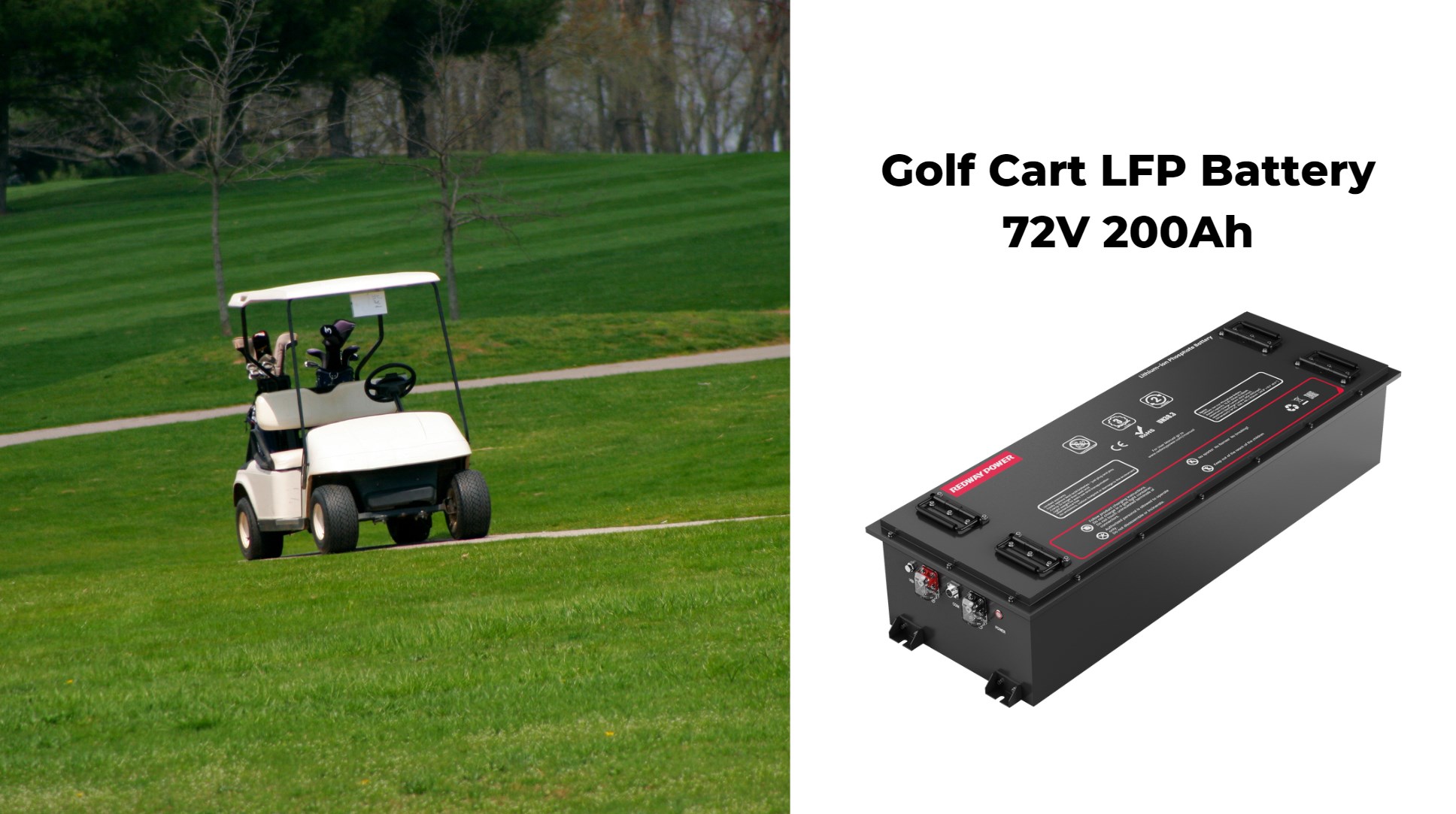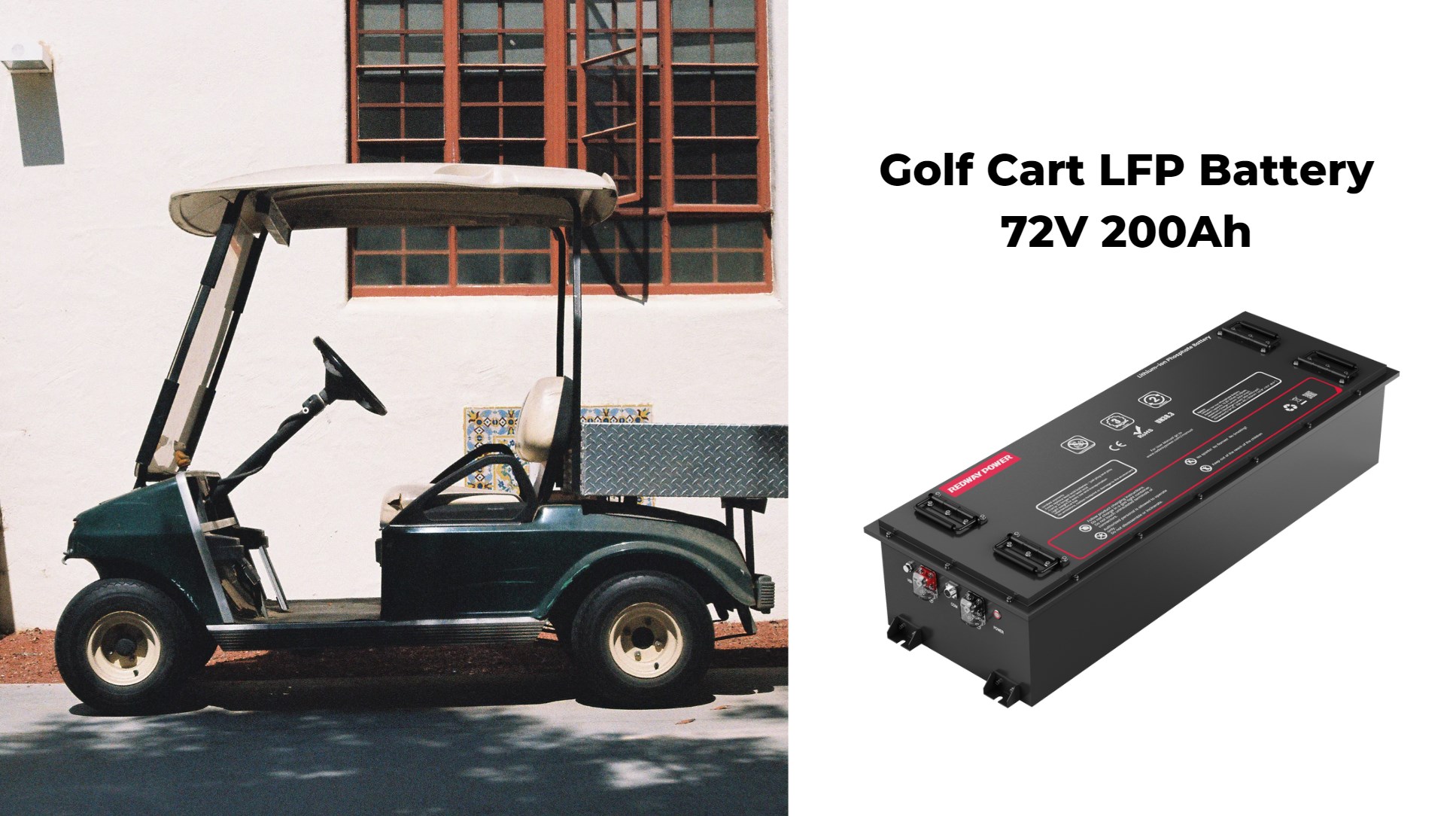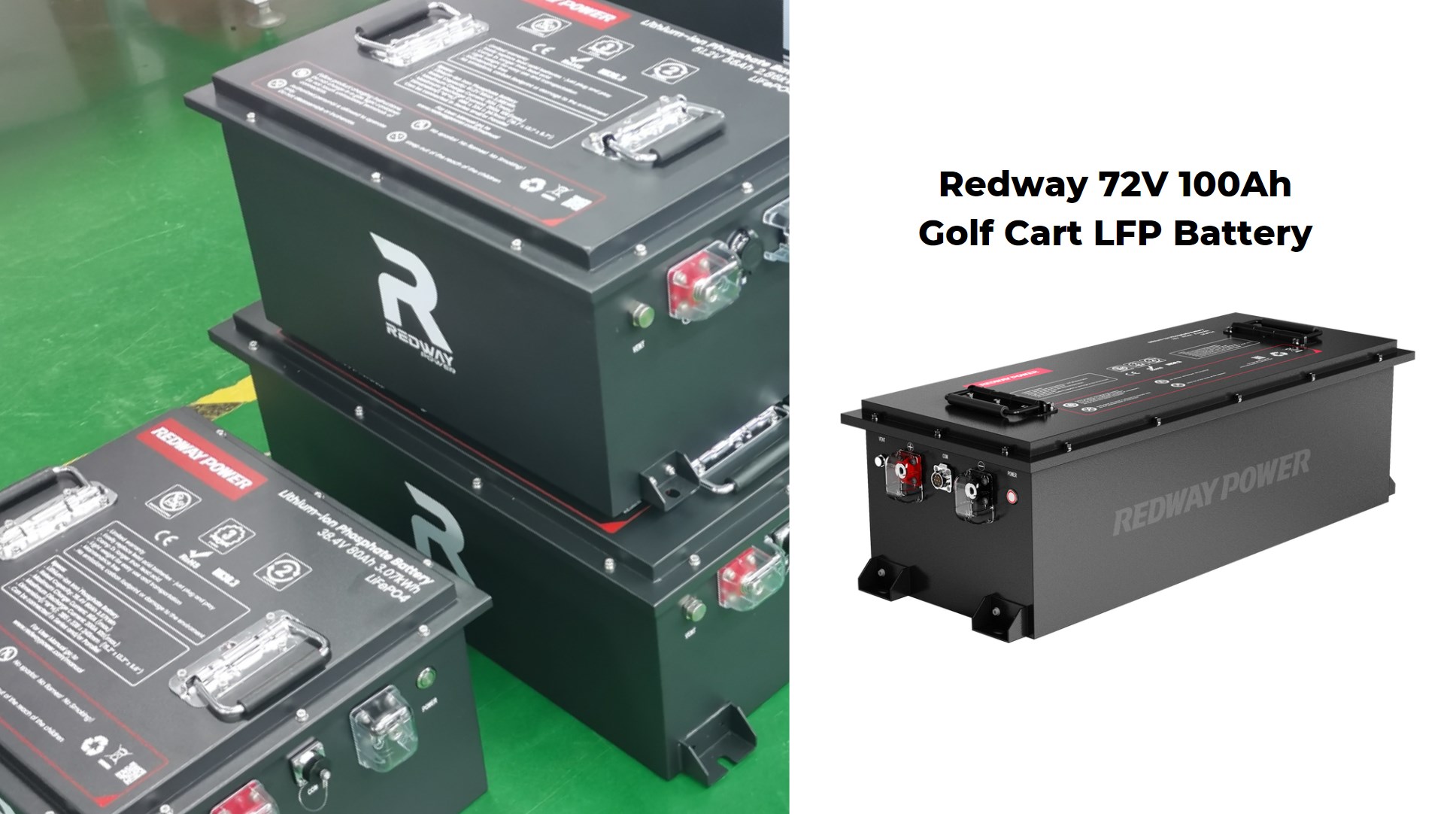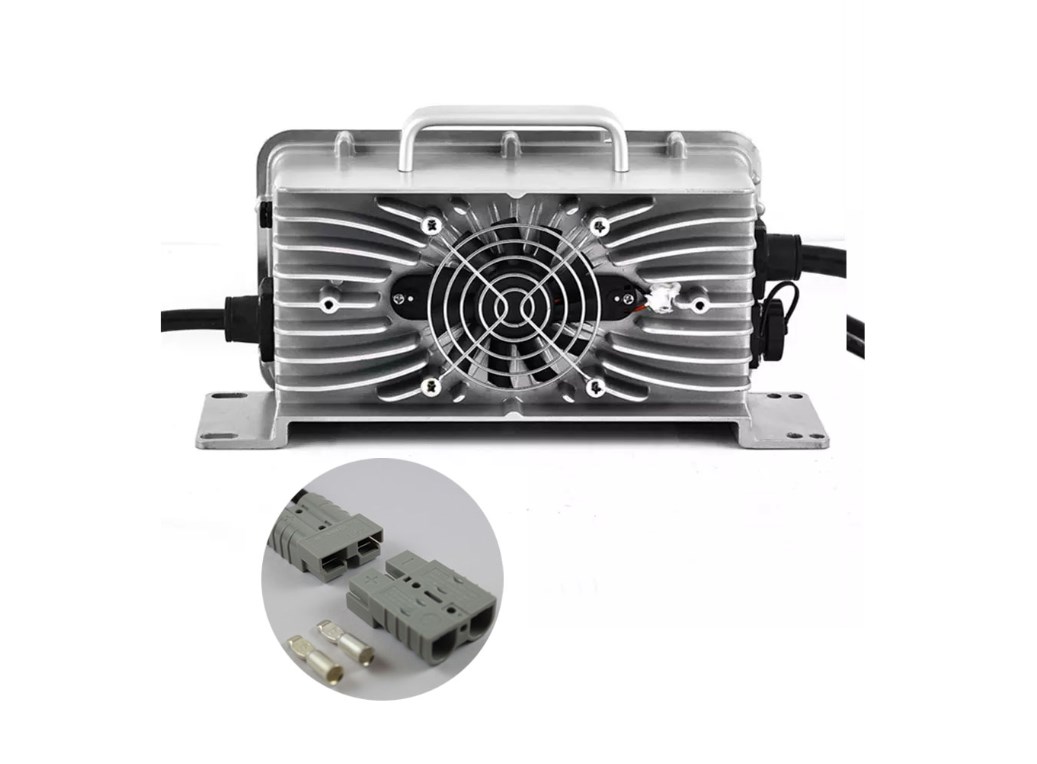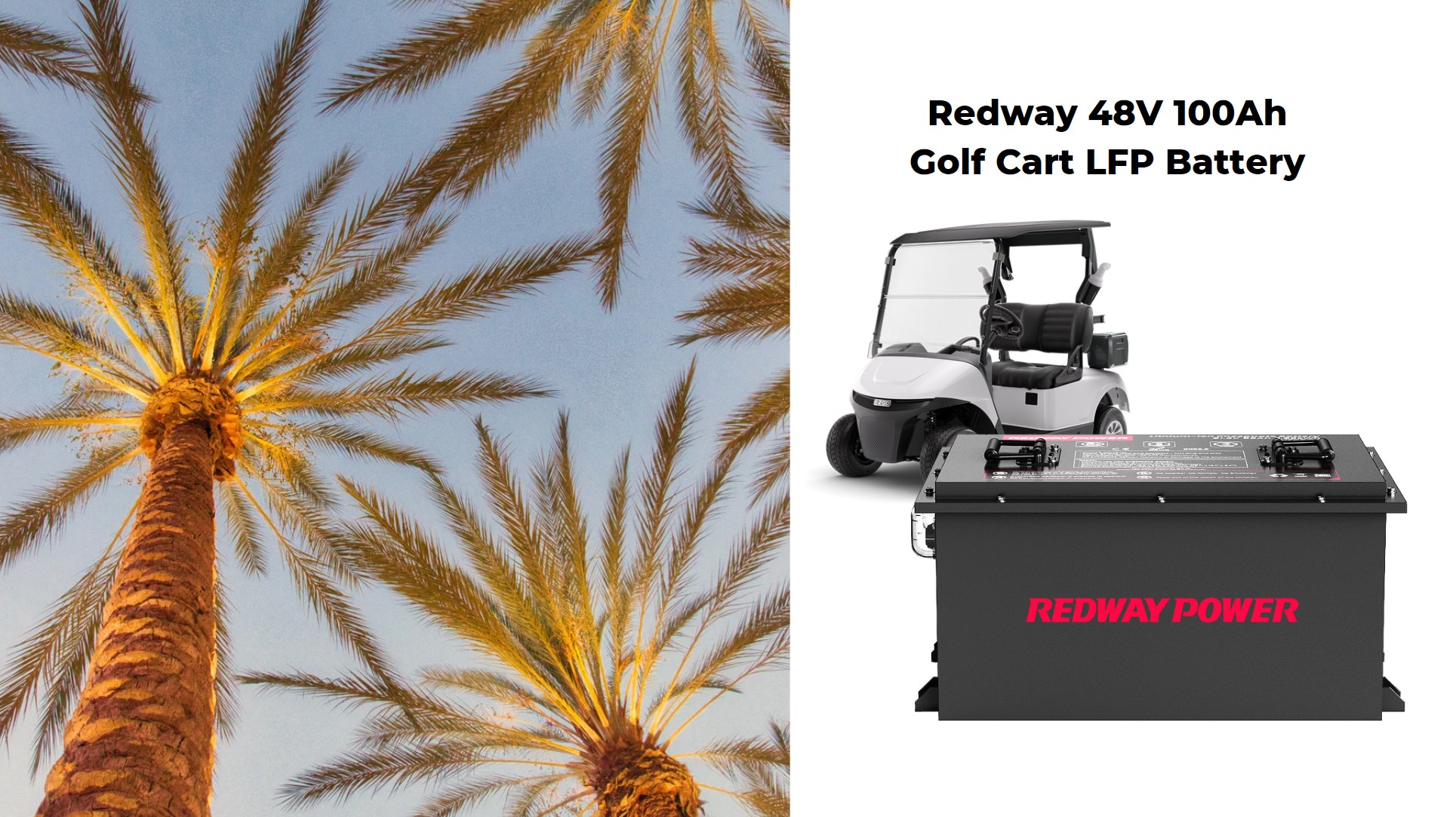Can you use an automotive battery in a boat?
Using an automotive battery in a boat is a common question among boat owners, especially those looking for cost-effective solutions. While it is technically possible to use a car battery in marine applications, several important factors should be considered before making this decision.
Understanding the Differences Between Automotive and Marine Batteries
1. Design and Purpose
Automotive batteries are primarily designed for starting engines, providing a quick burst of power. In contrast, marine batteries are built to handle deep-cycle applications, supplying steady power over extended periods. This distinction is crucial for boats that require consistent energy for electronics and other systems.2. Durability
Marine environments are harsh, with exposure to saltwater, vibrations, and temperature fluctuations. Marine batteries are constructed to withstand these conditions, whereas automotive batteries may corrode or fail more quickly when subjected to similar stresses.
Can You Use an Automotive Battery in a Boat?
Yes, you can use an automotive battery in a boat, but consider the following:
- Compatibility: Most automotive batteries come with SAE-style posts, while many boats use threaded terminals. Terminal adapters may be needed for proper connection.
- Usage: If the battery is intended solely for starting the engine, an automotive battery may suffice. However, if you plan to use it as a house battery to power lights or electronics, it should be designed for deep-cycle use.
- Performance Risks: Automotive batteries may struggle with repeated starts and prolonged discharges, potentially leading to performance issues or premature failure.
Potential Issues with Using Automotive Batteries on Boats
- Corrosion: Exposure to saltwater can lead to corrosion on automotive batteries, significantly shortening their lifespan.
- Vibration Damage: Boats experience constant movement and vibrations that can damage standard car batteries more readily than marine batteries.
- Power Output Limitations: Automotive batteries may not provide adequate power for essential systems like navigation lights and bilge pumps over extended periods.
- Safety Concerns: A failing battery can lead to dangerous situations at sea, such as being stranded due to insufficient power.
Best Practices When Using an Automotive Battery in a Boat
If you decide to use an automotive battery in your boat, consider these best practices:
- Secure Mounting: Ensure the battery is securely mounted in a proper battery box according to local regulations.
- Regular Inspections: Check for signs of corrosion or damage regularly.
- Keep Charged: Maintain the battery’s charge at around 12.6 volts to maximize performance and lifespan.
Choosing the Right Battery for Your Boat
For optimal performance and safety, consider investing in a dedicated marine battery that suits your specific needs:
- Starting Batteries: Designed for quick bursts of energy.
- Deep Cycle Batteries: Ideal for prolonged energy supply without damage.
- Dual-Purpose Batteries: Combine features of both starting and deep-cycle batteries.
Latest News on Battery Safety in Marine Applications
Recent discussions have highlighted the importance of using appropriate batteries for marine environments:
- An explosion at a lithium battery factory in South Korea has raised awareness about safety protocols in battery manufacturing.
- Regulatory bodies are emphasizing the need for proper handling and maintenance of batteries used in marine applications.
Redway Expert Comment
“While using an automotive battery in a boat may seem like a convenient solution, it is essential to understand the risks involved. Marine environments demand batteries that can withstand harsh conditions and provide reliable power over time. At Redway Battery, we encourage boat owners to invest in marine-specific batteries designed for their unique needs, ensuring both safety and performance.”
Conclusion
In summary, while it is possible to use an automotive battery in a boat under certain circumstances, it is generally advisable to opt for marine batteries designed specifically for the rigors of boating. Understanding the differences between these types of batteries will help ensure reliability and safety during your maritime adventures.


